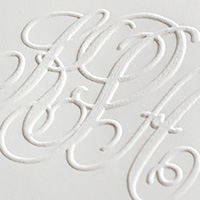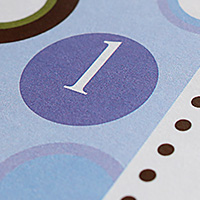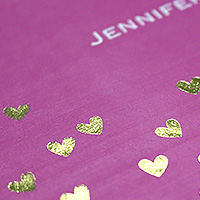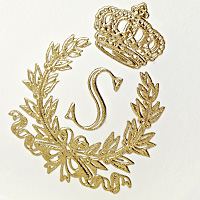Collapse ( )
Free Shipping Over $125
Use Coupon Code: SHIP125
Stationery Sale
Up to 40% Off
Free Shipping Over $125
Coupon Code: SHIP125
Free Shipping on Economy Ground Deliveries only going to one delivery location in the continental U.S. only. Your order must total $125.00 before tax and shipping. Coupon not valid on our selection of children's wooden puzzle or furniture products. Additional shipping fee may still apply to oversized or heavy weight items. Limited time offer.
Stationery Sale
Up to 40% Off
Specially marked product only. No coupon necessary. No minimum purchase. Offer not valid on previous orders. May not be used with coupons or promotions.
-
- Seasonal
- Shop by Event
- Personalized Gifts
- Gifts by Recipient
- Gifts by Occasion
- Gifts by Boutique
- Barware
- Bath & Beauty
- Cooking & Entertaining
- Corporate Gifts
- Cutting Boards
- Desk Accessories
- Engraved Gifts
- Gift Certificates
- Gift Packaging
- Gift Sticker &Tags
- Golf Balls
- Home Decor
- Hostess Gifts
- Housewarming Gifts
- Leather Planners & Journals
- Nautical Gifts
- Pet Themed Gifts
- Post-It® Notes
- Stamps & Embossers
- Sibling Gifts
- Teacher Gifts
- Thank You Gifts
- Upload Your LOGO/ART
- Western Themed Gifts
- Work from Home
- Shop All Boutiques
- Fast Personalized Gifts
- Gift Certificates
- Upload Your LOGO/ART
- Stationery
- Stationery
- Adult Stationery
- All Note Cards
- Border Stationery
- Camp Stationery
- Embossed Stationery
- Executive Stationery
- Feminine Stationery
- Flat Note Cards
- Folded Note Cards
- Jotter Cards
- Kids Stationery
- Letter Sheets
- Letterpress Stationery
- Monogrammed Stationery
- Raised Ink Stationery
- Stationery Sets
- Teen Stationery
- Upload Your LOGO/ART
- Shop All Stationery
- Thank You Cards
- Designer Stationery
- Social/Contact Cards
- Stationery
- Notepads
- Best Selling Notepads
- Business Notepads
- Calendars & Schedulers
- Camp Notepads
- Colorful Notepads
- Long List Notepads
- Memo Sheets
- Mommy Pads
- Notepad Sets
- Notepads with Holders
- Spiral Notebooks
- Teacher Notepads
- Upload Your LOGO/ART
- Shop All Notepads
-
Post-It Notes
- Executive Post-Its®
- Feminine Post-Its®
- Fun & Trendy Post-Its®
- Masculine Post-Its®
- Multiple Size Post-Its®
- Sticky Cubes
- Upload Your LOGO/ART
- Shop All Post-It Notes
- Addressing
- Invitations
- Announcements
- Party Supplies
- Seasonal
- By Occasion
- BY PRODUCT TYPE
- Bags
- Balloons
- Bottle & Can Huggers
- Boxes
- Coasters
- Collections
- Cups - Party
- Cups - All Plastic
- Cups - Frosted Flex
- Cups - Paper
- Cups - Stadium
- Cups - Styrofoam
- Favors
- Gift Enclosures
- Gift Packaging
- Gift Stickers
- Gift Tags
- Invitations
- Matches
- Menu Cards
- Napkins
- Place Cards
- Placemats
- Plates - Paper
- Plates - Plastic
- Plates - Premium
- Ribbon
- Table Numbers
- Thank You Gifts
- Upload Your LOGO/ART
- Wax Seal Stamps
- Shop All Party Supplies
- Napkins
- Wedding






